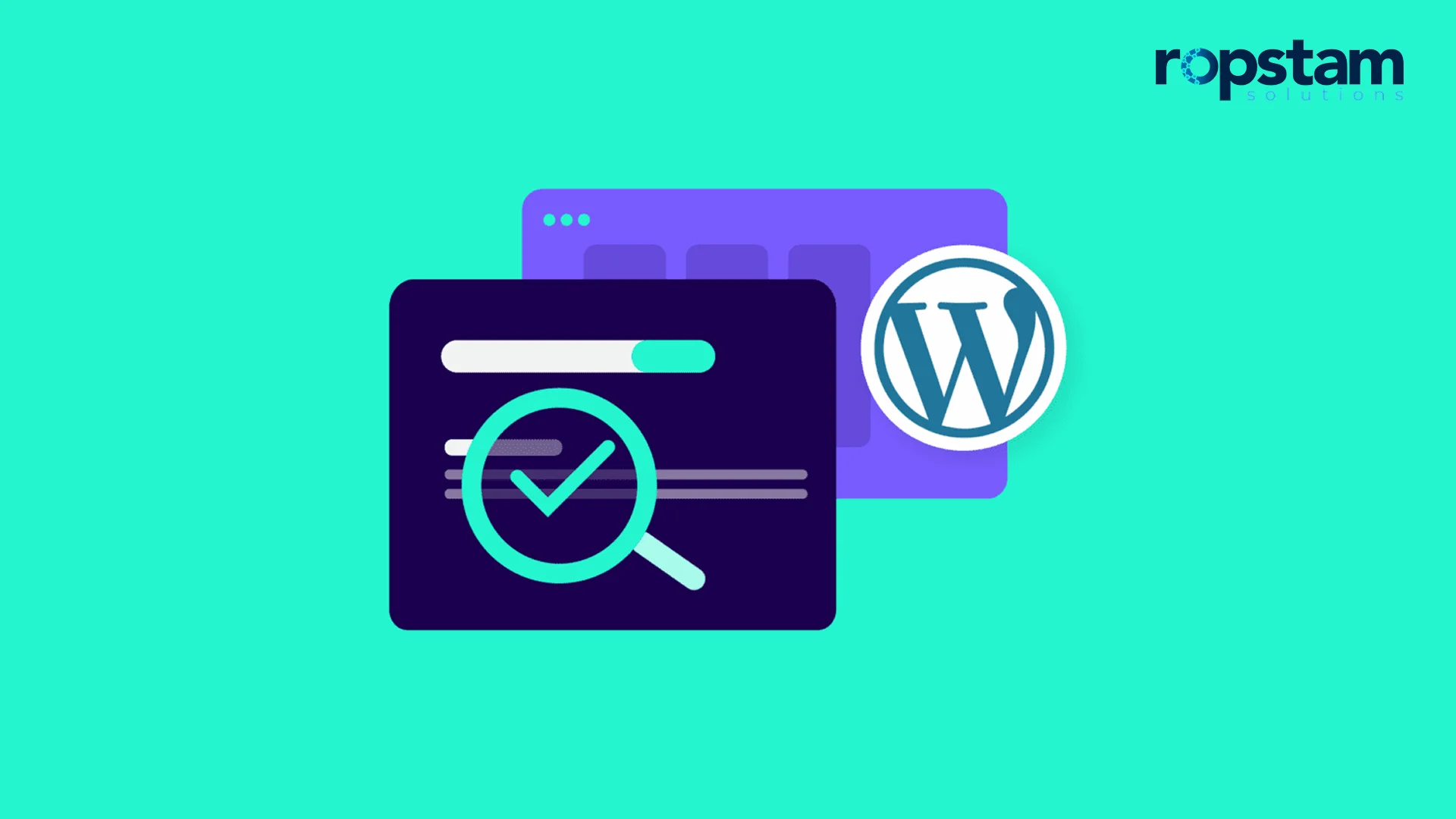Gone are the days when customers had to rely only on local physical stores for shopping. With the advancements in digital technology and the ever-increasing popularity of ecommerce, users can place their orders from anywhere in the world. Millions of ecommerce websites are just a click away, meaning you can shop from the comforts of your home.
Creating an engaging and interactive ecommerce website is the key to attracting more customers. The biggest challenge for online businesses is converting visitors into potential customers. To achieve this goal, your online store must follow the best User Experience (UX) practices for ecommerce.
If your ecommerce site’s UX is ordinary, it will fail to bring you more customers and revenue. Referring to a report by UX Statistics and Insights, 88% of online customers will not return to your site after a poor website UX experience.
Now that we have understood the significance of UX for an ecommerce website, let’s define ecommerce UX design in detail and discuss some of the best practices involved in creating attractive UX for ecommerce sites.
What is e-commerce UX?
Ecommerce user experience means getting inside your customer’s head and anticipating every need step of the user’s journey, from searching for a particular item to the checkout procedure. Providing a seamless experience to the customer is crucial to enable smooth navigation and converting your site’s visitors into customers. The smoother the experience for users, the more chance that a particular customer will be satisfied with your online store and recommend it to their friends.
10 ecommerce UX best practices to follow for 2024
Let’s dig deeper and analyze some of the things business owners should keep in mind to ensure an attractive, full of attention, and engaging Ecommerce UX. Following are some of the best practices one should follow for improving ecommerce user experience:
- Organization of the checkout procedure
- Streamlined navigation
- Mobile optimization
- Clear product information
- Personalization
- Fast and secure payment options
- Social proof and reviews
- Seamless customer support
- Performance optimization
- Continuous testing and optimization
Let us talk about them one by one in detail:

1) Organization of the checkout procedure
A confusing and messy checkout process will force customers to leave your site and search for the relevant items on another ecommerce store. Irrespective of how catchy your content is, how visible your “add to cart” button is, and how engaging your ecommerce website is, the final step of checking out must be smooth to enable customers to complete their transactions without hassle.
2) Streamlined navigation
Efficient and intuitive navigation, especially on the homepage of your website, is critical to help users find what they need quickly. Make sure to implement clear and logical menu structures, categorize products effectively, efficiently used call-to-action (CTAs), and provide search functionality to enhance navigation and reduce friction.
3) Mobile optimization
With the continued growth of mobile commerce, optimizing your ecommerce platform for mobile devices is imperative. In today’s day and age, if your ecommerce site is non-responsive, you will lose thousands of potential customers, given the popularity of smartphones and tablets. Create responsive an user-centered designs, ensure mobile-friendly layouts, and optimize page loading speed including fast scrolling to provide a seamless experience across different devices.
4) Clear product information
Provide comprehensive and accurate product information, including high-quality images, detailed descriptions, and specifications on the landing page. Clear and concise product details on the web page build trust, inform purchase decisions, and reduce the likelihood of returns.
5) Personalization
Make your customers feel recognized by adopting customization depending on the user’s previous record. Leverage customer data to deliver personalized experiences. Utilize product recommendations, personalized offers, and tailored content to create a more engaging and relevant shopping experience, fostering a sense of connection and loyalty.
You can also use a heat map to understand user behavior, gather user data, and use it for improving your ecommerce store’s UX. By using such a tool, you can analyze where users are clicking, how they are interacting, and how far they are scrolling down your pages.
6) Fast and secure payment options
Once the user has selected a particular product and is about to finalize the deal, make sure to present a smooth and secure payment experience. To ensure this, offer a variety of safe payment options and make sure that this process is fast and hassle-free. Integrate trusted payment gateways, enable multiple currencies, and provide transparent pricing to instill confidence in customers during checkout.
7) Social proof and reviews
Getting feedback from your customers is critical to your online business. It shows that your customers are satisfied and will prompt others to trust your online store. Integrate customer reviews, ratings, and testimonials to build trust and credibility. Furthermore, display social proof throughout the buying journey to reassure potential customers and encourage them to make informed purchase decisions.
8) Seamless customer support
Sometimes, despite your best efforts, users might get confused or are unable to find what they are looking for. Therefore, it is important to provide the customer support option to present one-on-one support to the visitors.
Provide easy access to customer support through various channels, such as live chat, email, or phone. Promptly address customer queries, concerns, and issues to enhance their overall experience and build positive brand perception.
9) Performance optimization
For enhanced speed and performance, optimize your ecommerce platform. Take steps such as minimizing page load times, optimizing images and code, and leveraging caching and content delivery networks (CDNs) to ensure fast and smooth browsing experiences.
10) Continuous testing and optimization
Rigorous and continuous testing is essential to discover bugs and resolve persistent errors. Regularly test and optimize your ecommerce platform to identify areas for improvement. Conduct A/B testing, gather user feedback, analyze metrics, and make data-driven decisions to refine the user experience and drive better results.
Impact of E-commerce UX on users
Imagine you have created a responsive and aesthetically pleasing ecommerce website to boost your online sales. You are expecting to grow your online presence and increase the overall revenue. All your products and services have been categorized and sorted in order. Moreover, landing pages have content with clear font size, customized buttons, and attractive color contrast. Navigation is smooth, and a visitor’s journey from the selection of a particular order to the post-checkout screen is seamless.
The aforementioned steps ensure that the users are kept via attractive color choices and can go back to the previous screen because of the availability of breadcrumbs (a secondary form of navigation). Now, the user is more likely to spend more time on your website. There is also a higher probability that he or she will buy one of your advertised products.
This is just one example of an ecommerce store with an impressive user experience. One thing that is crystal clear from this case study is that dedicating a lot of time and resources to your site’s UX is the key to ensuring a smooth customer experience. When your ecommerce site provides a seamless user experience, your business will directly benefit from it as you are more likely to get more visitors and more customers.
On the other hand, a poor web design with no navigation history, no responsiveness, lack of secondary navigation, and poor color contrast will drive visitors away. Since there are countless ecommerce stores available for customers, it is important to present an exceptional first expression.
How to find and fix UX problems on your e-commerce site?
It is essential to update your ecommerce store routinely in order to resolve any errors. Any UX problems in the e-commerce framework can result in frustrated customers, which will directly affect your business. To find and fix UX problems on your ecommerce site, a systematic approach is essential.
Here’s a comprehensive guide on how to tackle this issue and enhance the user experience for your customers.
Website analysis
First, conduct a thorough analysis of your website by reviewing user feedback, conducting usability tests, and tracking user behavior using analytics tools. Look for common pain points, such as confusing navigation, slow loading times, or difficulties in completing transactions.
Prioritizing the identified issues
Next, prioritize the identified issues based on their impact on user experience and business goals. This will help you allocate resources efficiently. Address critical issues first, such as broken links or checkout process errors, as they directly impact conversions and customer satisfaction.
Start implementing UX improvements
Once the priorities are set, start implementing UX improvements. Simplify navigation by organizing content logically and ensuring easy access to essential information. Optimize site speed by compressing images, minifying code, and leveraging caching techniques. Enhance the checkout process by reducing steps and offering clear guidance at each stage.
Focus on responsive design
Additionally, focus on responsive design to ensure a seamless experience across different devices. Make your site accessible by adhering to web accessibility guidelines and catering to users with disabilities.
Check impact of UX fixes
Regularly monitor and measure the impact of your UX fixes. Analyze user feedback and track key performance indicators, such as bounce rates, conversion rates, and average session duration, to gauge the effectiveness of your improvements.
Remember, UX optimization is an ongoing process. Continuously gather user feedback, stay updated on industry best practices, and adapt your site accordingly to provide a delightful and hassle-free experience for your customers. By investing in UX improvements, you can boost customer satisfaction, increase conversions, and foster long-term loyalty.
What role does UX play in ecommerce website design?
In ecommerce website design, UX plays a crucial role in shaping the overall success of the online store. UX encompasses the overall experience a user has while interacting with a website, including its usability, accessibility, and how enjoyable and efficient it is to navigate and complete desired actions. Here’s an in-depth explanation of the role UX plays in ecommerce website design.
Significance of UX
First and foremost, UX is essential for creating a positive and intuitive user interface or UI of any ecommerce store. A well-designed interface ensures that visitors can easily find products, browse categories, and navigate through the website without confusion or frustration. Intuitive navigation and clear labeling of buttons and links contribute to a seamless user experience, reducing bounce rates and encouraging users to explore further.
Impact on conversion rate
Furthermore, UX design directly impacts the conversion rate of an ecommerce website. By focusing on usability and making the purchasing process smooth and hassle-free, UX design increases the likelihood of users completing transactions. Streamlining the checkout process, minimizing form fields, and offering guest checkout options are some UX strategies that can lead to higher conversion rates and improved customer satisfaction.
Role of UX in building trust
UX also plays a significant role in building trust and credibility among customers. Customers are more likely to engage with a website that looks professional, provides clear product information, and offers secure payment options. Implementing trust signals such as customer reviews, security badges, and clear return policies helps establish trust and boosts user confidence, leading to increased sales.
Mobile optimization
Mobile optimization is another crucial aspect of UX design in ecommerce. With the rise of mobile shopping, ensuring a seamless and responsive experience across different devices is essential. Mobile-friendly design, fast loading times, and adaptive layouts contribute to a positive user experience on smartphones and tablets, improving engagement and driving mobile conversions.
Search Engine Optimization
Additionally, UX design impacts search engine optimization (SEO). User-friendly navigation, clear site structure, and relevant, well-organized content contribute to better SEO rankings. When users can easily find what they’re looking for and have a positive experience, they are more likely to spend more time on the site, reducing bounce rates and increasing the likelihood of organic traffic and backlinks.
Customer retention
Furthermore, impressive UX plays a crucial role in customer retention and brand loyalty. A website that provides a delightful user experience keeps customers coming back for repeat purchases. By personalizing the shopping experience, offering relevant product recommendations, and providing easy access to order history and customer support, UX design helps foster long-term relationships with customers.
UX design is integral to the success of ecommerce websites. By focusing on usability, conversion optimization, trust-building, mobile optimization, SEO, and customer retention, UX design enhances the overall user experience, drives sales, and establishes a strong online presence for ecommerce businesses. Prioritizing UX in website design ensures that customers have a positive, efficient, and enjoyable experience, ultimately leading to increased customer satisfaction and business growth.
Conclusion
Ecommerce stores are gaining more and more popularity with the advancements of digital technology. Nowadays, customers prefer to shop from online stores from the comfort of their homes. To build customer trust and increase sales, it’s crucial for a business to focus primarily on the user experience of online stores. Optimized UX will drive more customers to your ecommerce store and convert more visitors into potential customers.
Some of the best practices for improving UI/UX of shopify and many other ecommerce stores such as include mobile optimization, streamlined navigation, fast and secure payment integration, and continuous testing.













